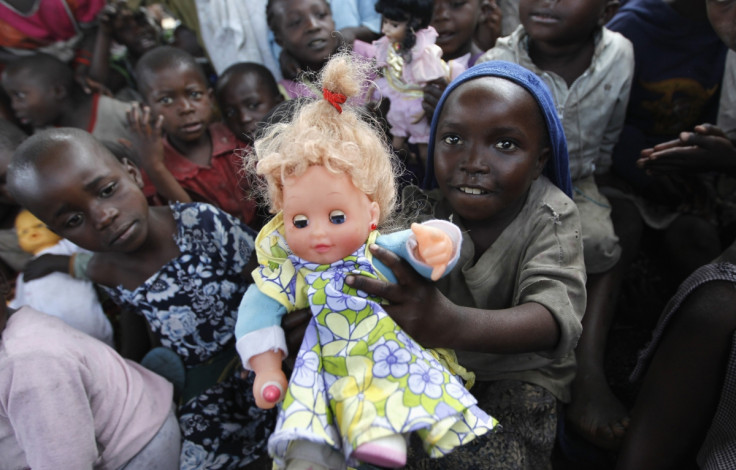Battle for control of the DRC: Who are the Enyelle and Independent Movement of Liberation and Allies (MILIA)?
Efforts to protect civilians in DRC's eastern North Kivu region have resulted in the rise of militias.
The battle for control in DRC is coming to a head as the country prepares for a presidential vote in late 2016.
Political stability has created a window of opportunity for positive change to arise, but significant obstacles to the nation's transition to stability and democracy still remain in the form of more than 50 different armed groups operating in DRC's eastern and western borderlands.
"While some have a few thousands of combatants (such as the FDLR) and highly sophisticated structures of command, including supply and training, others are 10 or 20 people rag-tag gangs whose composition can change on a weekly basis," according to political analyst Christoph Vogel.
Community-driven militias
Local efforts to protect civilians in DRC's eastern North Kivu region have resulted in the rise of militias, but civilian response has also propped up community-driven militias in Dongo, an ethnically divided area in DRC's north-western Equateur region.
Although the area surrounding Dongo along the Ubangi River is largely comprised of the Lobala ethnic group, the first missionary stations and schools were established further in the interior, in an area belonging to the neighbouring Boba, according to the Brookings Institute academic think tank.
The Boba, due to their superior education and expanding network, gradually acquired posts in business and government throughout the region, and constituted a powerful, and often-resented, minority within Dongo. However, pre-dating ethnic tensions first flared up in 2009 in a clash between two Lobala clans over rights to fish in the lucrative forest ponds.
"In the region, each year the rainforest floods with the rainy season. As the dry season evaporates the water, the fish become trapped and concentrated into more than a dozen large ponds, eliciting rivalries from neighbouring villages scrambling over the rights," said expert Mike Jobbins in a Brookings Institute report.
The conflict initially opposed members of two village communities (majority Enyelle and minority Munzaya) over the access to the fishing ponds - by which, after enlisting the support of a well-known witch doctor (Odjani, who later turned rebel leader), Enyelle youth attacked their Monzaya rivals.

From fishing ponds to mass killings
"The success of the attack and the witch doctor's involvement attracted the interest of other disaffected youth in the region, ex-combatants, as well as local and national political interests. What began as a local clash became a full-fledged rebellion," reported the Brookings Institute.
After attacking the town of Dongo, the rebel Mouvement de Libération indépendante des Alliés (MILIA) carried out targeted killings against the Boba before moving southwards across the jungle.
The conflict resulted in over 2,000 civilian deaths and over 150,000 displaced persons, according to the Red Cross and Wilita Sanguma of the University of San Francisco.
The group further advanced towards other population centres before eventually being contained by MONUC and the FARDC in a major counterinsurgency. More recently, there were local reports that the group was active as far as the eastern city of Kisangani - DRC's the third largest city.
In May 2014, government spokesman Lambert Mende confirmed that the Enyelle rebel leader, Udjani Mangbama, had been shot dead in Brazzaville - capital of neighbouring Republic of the Congo.
Battle for control of the DRC
Check out our Flipboard magazine - Who's who in the battle for DRC by IBTimes UK
In this series on the Democratic Republic of the Congo, IBTimes UK takes a closer look at the eastern regions of South and North Kivu where civilians are still at the mercy of armed groups and the Congolese armed forces, who have all been accused of committing serious war crimes.
© Copyright IBTimes 2025. All rights reserved.






















